Product teams, including those I work with, struggle to connect the challenges observed in prior research to issues that endure in the field and market space. As a shortcut for efficiency gains, product partners...
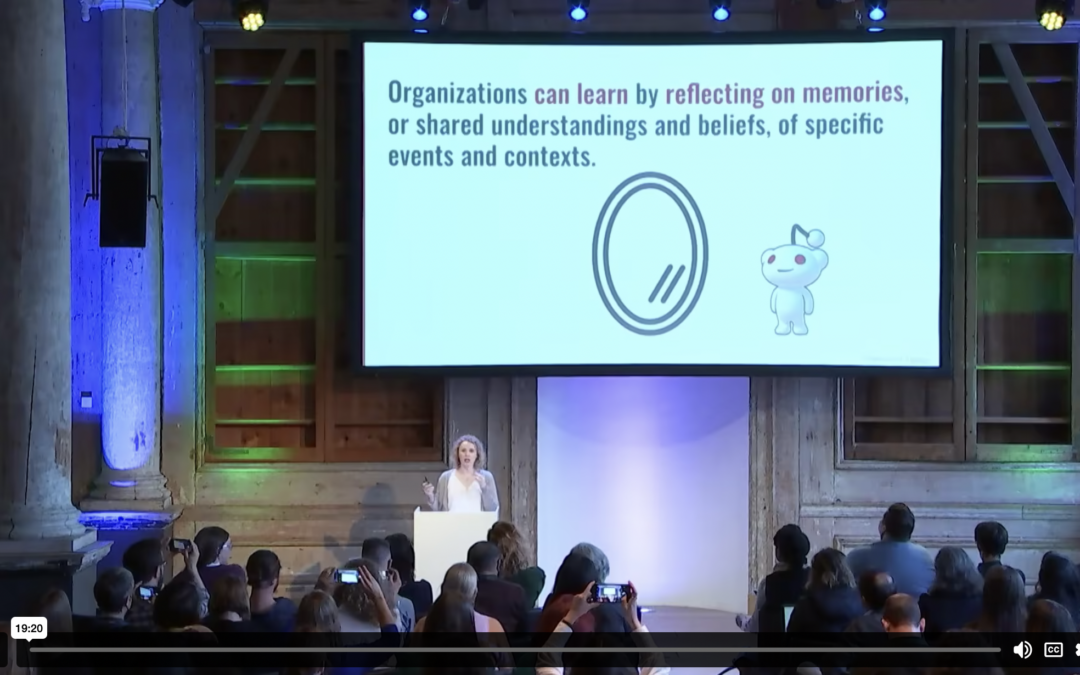

Product teams, including those I work with, struggle to connect the challenges observed in prior research to issues that endure in the field and market space. As a shortcut for efficiency gains, product partners...

This case study offers an in-depth analysis of the foundational role of documentation for software quality,...

Few professions appear more at odds, at least on the surface, than ethnography and data science. The first deals in qualitative “truths,” gleaned by human researchers, based on careful, deep observation of only a small number of human subjects, typically. The latter deals in quantitative “truths,”...

Application Programming Interfaces, commonly known as APIs, connect the front-end interfaces we see when we navigate the internet (like websites and apps) to the back-end systems, or databases, that store information. APIs enable people to carry out transactions online, like purchasing goods,...
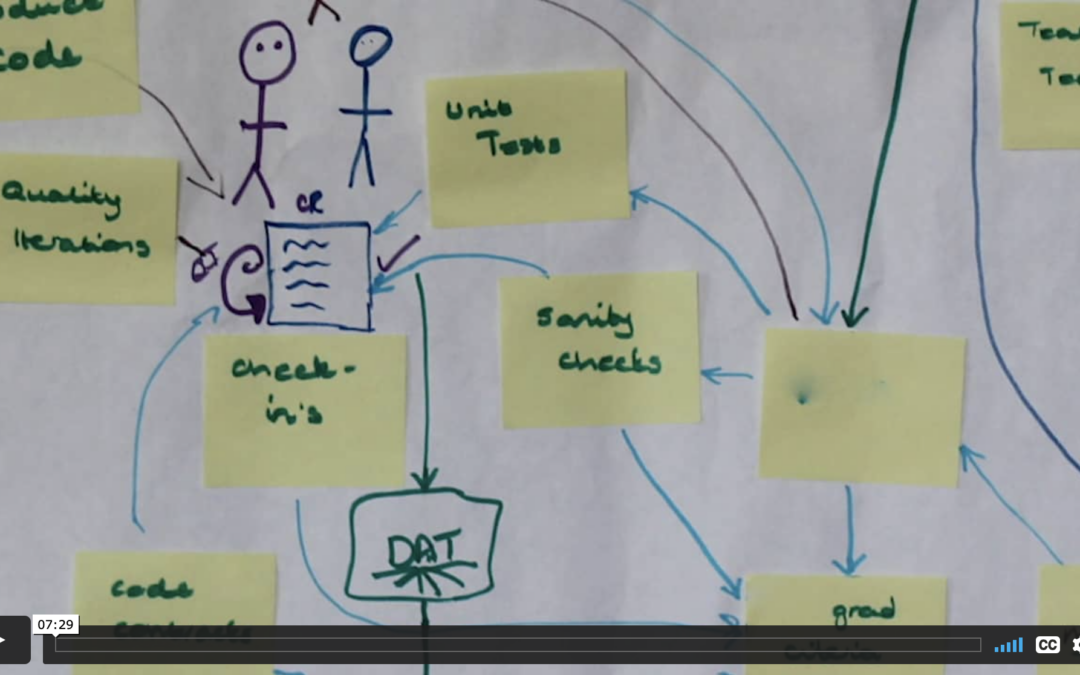
Effective software quality assurance in large-scale, complex software systems is one of the most vexed issues in software engineering, and, it is becoming ever more challenging. Software quality and its assurance is part of software development practice, a messy, complicated and constantly...
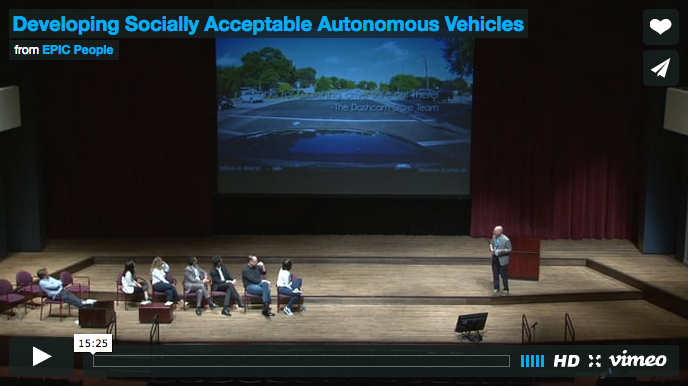
Case Study—Recognizing that the movement of cars on the road involves inherently social action, Nissan hired a team of social scientists to lead research for the development of autonomous vehicles (AVs) that engage with pedestrians, bicyclists, and other cars in a socially acceptable manner. We...

This paper explores a way to expand business using ethnography as an industrial service or product. First, a challenge that companies are facing and trying to deal with, which is industrialization is described. In the software industry, as computer prices go down, the requirements for software...
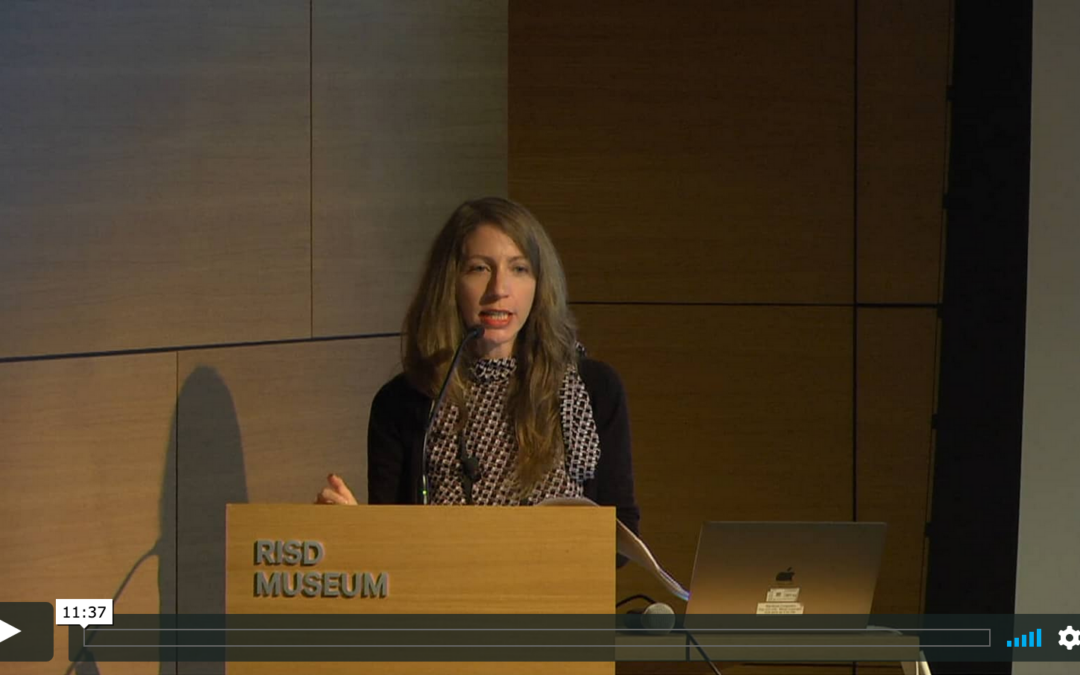
Agile methodologies have taken hold as a model to be followed in software industry. Among them, Scrum is one of the most used frameworks and has a high level of acceptance among a large range of organizations. The underlying premise of Scrum is that by implementing an iterative and incremental...
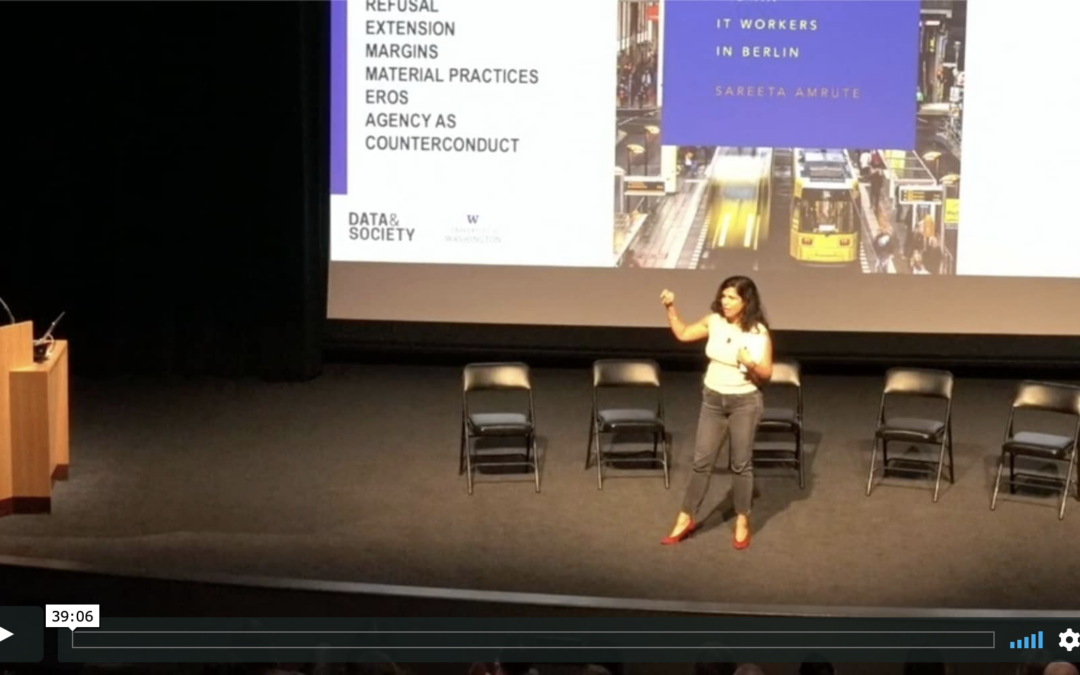
“What can those of us who work in, and maybe even love, computing cultures do about computing’s colonial expansions?” Sareeta Amrute’s keynote address “Tech Colonialism Today” opened EPIC2019 in a provocative,...
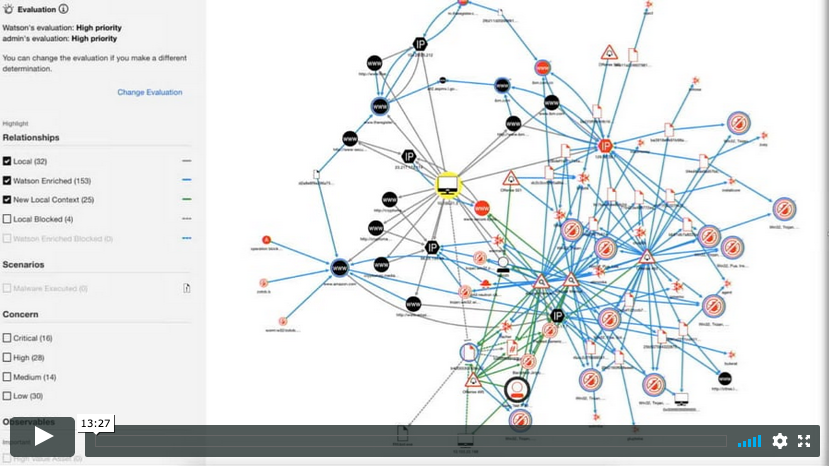
This case study examines how one Artificial Intelligence (AI) security software team made the decision to abandon a core feature of the product – an interactive Knowledge Graph visualization deemed by prospective buyers as “cool,” “impressive,” and “complex” – in favor of one that its users –...